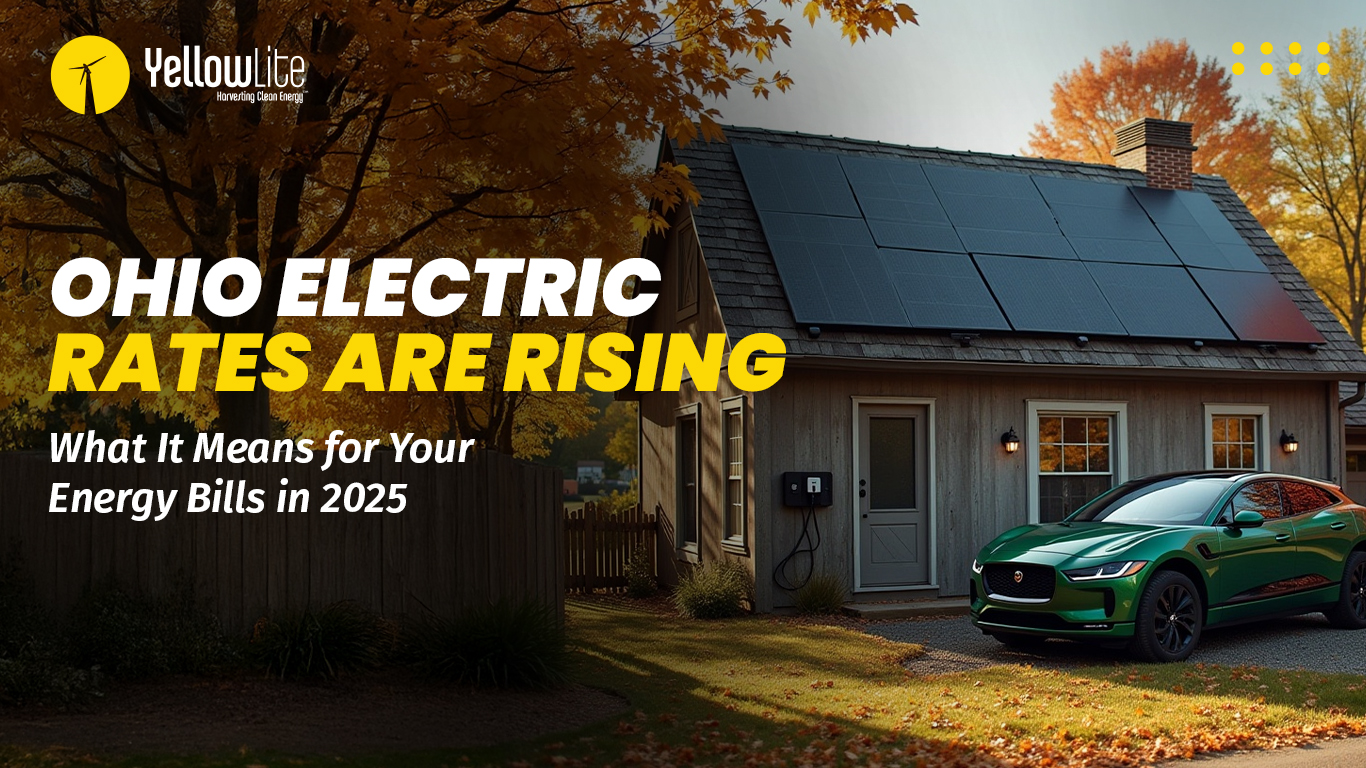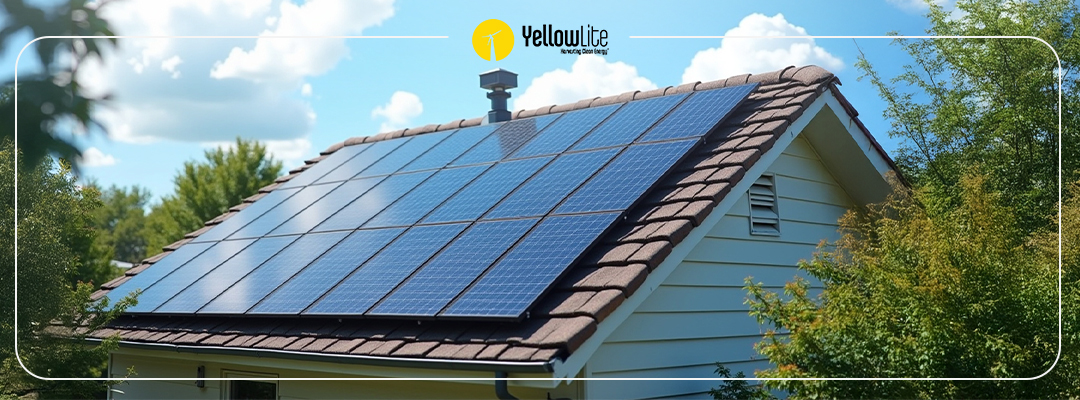Every component of a solar energy system plays a crucial role in converting sunlight into power. Among these, solar charge controllers have been an effective way to manage the flow of electricity to batteries, protecting them from damage. Over time, they’ve fallen out of favor for residential solar systems as more sophisticated technologies have been introduced to the solar industry. However, that doesn’t mean they've completely lost their value.
In this guide, we’ll discuss the niche applications where solar charge controllers are still appropriate and the cutting-edge alternatives reshaping solar systems today.
What Solar Charge Controllers Do
The solar charge controller regulates the flow of electricity from the solar panels to the battery bank, protecting those batteries from being overcharged or overly depleted. This balancing act is critical to the longevity and efficiency of your solar system.
Solar panels can produce more voltage—the strength of the electrical current running through a solar system—than a battery can handle. A solar charge controller regulates the strength of the voltage coming from the solar panels and heading to the batteries. By controlling this flow, the charge controller ensures that the batteries charge safely and efficiently, preventing overcharging and overdischarging.
Preventing Overcharging
When the energy input from the panels exceeds the storage capacity of the batteries, they can overcharge. Overcharging overheats the batteries and reduces their lifespan. Controllers prevent this energy from getting through to the batteries in the first place.
Preventing Overdischarging
Overdischarging occurs when a battery continues to discharge after it has been discharged beyond its cut-off voltage. If a battery is overdischarged, it can lose its ability to hold a charge and eventually fail. A charge controller prevents overdischarging by shutting down the system when the battery voltage falls below a safe level.
Solar charge controllers also manage power flow, ensuring your solar system operates within its optimal parameters. For grid-connected systems, this might mean diverting excess energy to the grid.
Types of Solar Charge Controllers
There are two classes of solar charge controllers, each with a unique way of managing the energy that flows from solar panels to the battery bank.
Pulse Width Modulation (PWM) Controllers
PWM controllers are simple and reliable. They regulate energy flow by reducing the current as the battery gets closer to full charge, using a series of "on-off" pulses to control the charge.
What they’re used for: Ideal for smaller solar systems with modest energy demand. You'll see these in RVs, boats, and small off-grid cabins.
Upsides: Lower cost, simplicity, and effectiveness in systems where the solar panel voltage closely matches the battery voltage.
Downsides: Inefficient when used with solar arrays with a significantly higher voltage than the battery bank, leading to energy wastage. If you want to go green, wasted energy is the opposite of what you want.
Let’s look at our other option.
Maximum Power Point Tracking (MPPT) Controllers
MPPT controllers are a more advanced technology that maximizes energy transfer efficiency from the solar panels to the battery bank. They convert excess voltage into additional current, enhancing system efficiency. MPPTs work well in a variety of weather conditions.
How They Work: Continuously monitor the solar panel's power output, adjusting to capture the highest power point. They draw more energy from the panels by converting higher voltages into the maximum amperage the battery can accept, ensuring no power is lost.
What to Use Them For: Systems with higher energy demands, mainly when the solar array's voltage is much higher than the battery bank's.
Upsides: Increased charging efficiency, especially in colder temperatures and with higher voltage panels. Flexibility in panel and battery configurations.
Downsides: More expensive than PWM controllers
While this technology is still favored for smaller-scale DIY builds, boats, and RVs, the solar industry has moved on to technology that affords customers more efficient and powerful ways of managing energy within solar systems.
An Industry-wide transition to Inverters and Optimizers
In the early days of solar energy, systems were simpler and primarily off-grid, relying heavily on solar charge controllers to manage energy flow between panels and batteries. These controllers were relied on mainly to prevent battery overcharge and ensure system longevity. As demand for residential solar systems grew, it became clear that solar charge controllers were limited in efficiency and flexibility.
The introduction of mass-produced solar inverters in the 1990s allowed solar energy to be converted from DC to AC, making it compatible with home appliances and the grid. This innovation opened up possibilities for grid-tied solar systems, expanding the scope of solar installations beyond off-grid applications. The advent of power optimizers in 2006 and microinverters in 2008 further revolutionized the industry, addressing issues like partial shading and panel orientation that challenged string inverter systems' efficiency.
This evolution was driven by technological advancements and a growing awareness of renewable energy's role in mitigating climate change, leading to increased investment and research in solar technologies. Inverters and optimizers have become the preferred choice for their ability to maximize energy production, enhance system design flexibility, and improve monitoring and maintenance capabilities, particularly suited to the diverse needs of residential solar systems.
Let’s first discuss the key players:
Inverters
Inverters convert the direct current (DC) electricity solar panels generate into alternating current (AC). Most homes and the electrical grid operate on AC power, which powers appliances, lighting, and other electrical devices. Inverters can also provide system monitoring and management, providing insights into the performance of the solar panels and the overall system.
- String Inverters: String inverters connect multiple solar panels in series in a “string,” converting their DC output into AC power for household use. They are cost-effective for large, unshaded installations but may not perform optimally if individual panels are shaded or oriented differently.
- Microinverters: Microinverters are installed on each solar panel, converting DC to AC power at the source, which allows for individual panel optimization and operation. Ideal for installations with potential shading or orientation issues, they offer enhanced performance and detailed monitoring at a higher initial cost.
Optimizers
An optimizer, or solar power optimizer, is a device attached to individual solar panels to maximize performance. It works by adjusting the output from each panel- “conditioning” the electricity- to ensure it sends the optimal voltage to the inverter. Installers often choose optimizers when panels are affected by shading, debris, or varying orientations, as the optimizer can mitigate these issues to enhance overall system efficiency. Optimizers allow each panel to perform independently, which means that the underperformance of one panel won't drag down the efficiency of the entire system.
Why Inverters and Optimizers are superior to solar charge controllers for residential applications
Let’s discuss why the solar industry prefers inverters and optimizers to solar charge controllers.
Inverters and optimizers offer:
Maximized Energy Production:
Inverters, especially microinverters, and power optimizers enable each solar panel to operate at its optimal power point. Even if one panel is shaded or underperforming, it won't affect the output of the others, which means the entire array produces energy at its maximum potential. Solar charge controllers manage the energy flow to the battery but cannot optimize the performance of individual panels.
System Flexibility and Design:
Residential roofs often present challenges like partial shading, different orientations, or varying panel angles. Power optimizers and microinverters allow for a more flexible system design, accommodating these challenges by optimizing each panel independently. This functionality offers an advantage over solar charge controllers, where panels connect in a series, and the entire output can be reduced by one underperforming panel.
Improved Efficiency in Varied Conditions
Inverters and optimizers adjust to changing conditions in real-time, ensuring optimal performance across a wide range of temperatures and sunlight levels. This adaptability provides higher efficiency and more consistent energy production throughout the day and in different seasons. Solar charge controllers take a more generalized approach to managing energy flow.
Enhanced Monitoring and Maintenance
Many inverter systems are packaged with advanced monitoring capabilities, allowing homeowners to track the performance of each solar panel individually. This allows homeowners to quickly identify and address any issues, ensuring the system operates at peak efficiency. Solar charge controllers typically provide more limited system-wide data, making it harder to pinpoint specific panel issues.
Future Scalability
Systems with microinverters or power optimizers can be expanded by adding additional panels rather than redesigning the entire system. Energy needs may grow over time, which means scalability is crucial. Solar charge controllers require careful sizing and planning for future expansions, which limits the ability to scale up over time.
Inverters and optimizers offer a more efficient, flexible, and user-friendly solution than traditional solar charge controllers, making them the ideal choice for residential applications.
Get it Right with Yellowlite
As the solar industry has evolved from charge controllers to inverters and optimizers, we’ve seen a significant leap in efficiency, flexibility, and scalability for residential systems. While charge controllers still have their niche, the advanced capabilities of inverters and optimizers make them a better fit for modern solar installations, making them the better choice for optimizing solar energy production in residential settings.
Our team of pro-solar experts at Yellowlite is ready to design and install an efficient and reliable system that meets your economic and sustainability goals.
Please contact us with any questions about this blog or anything else!



